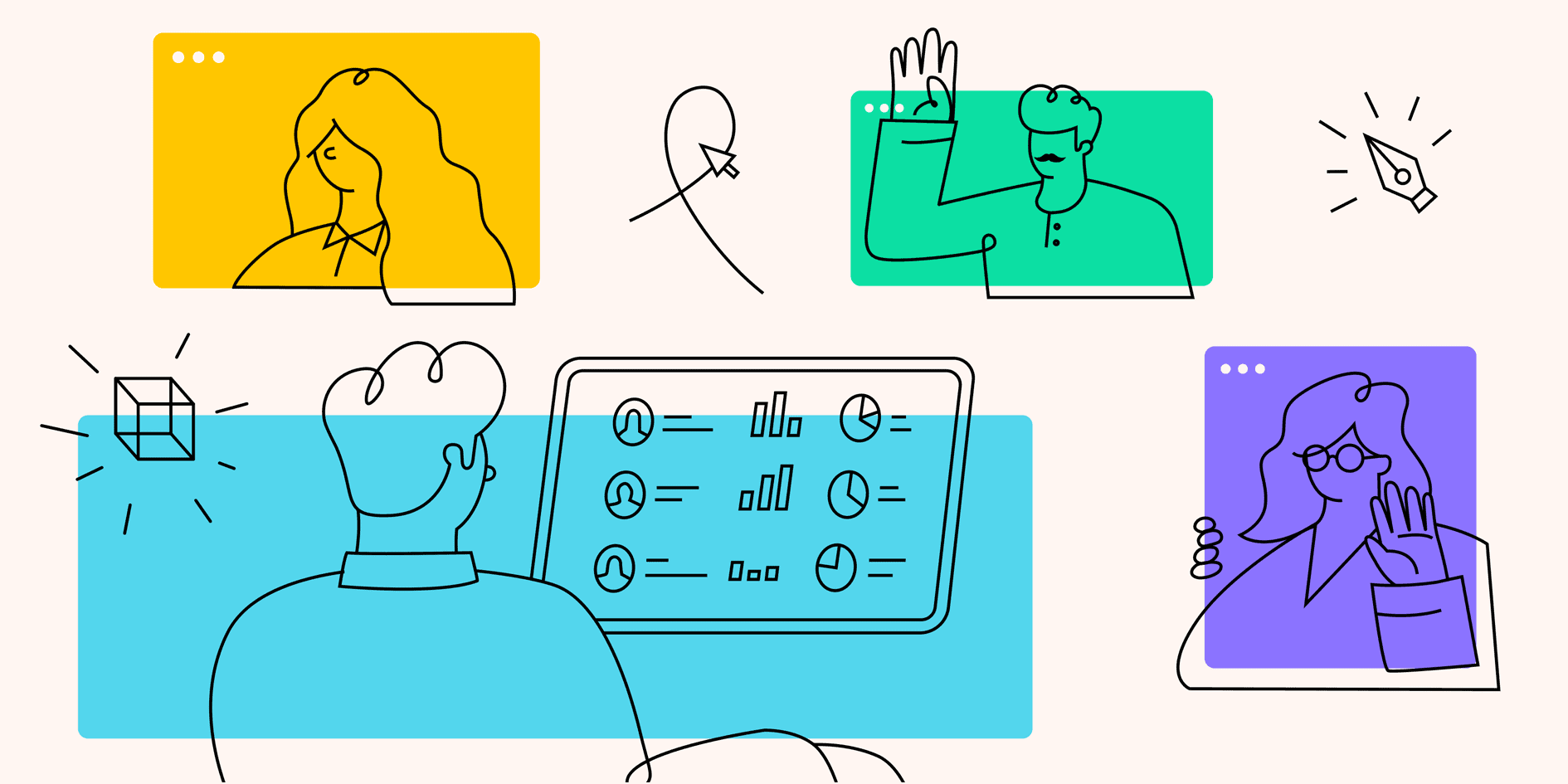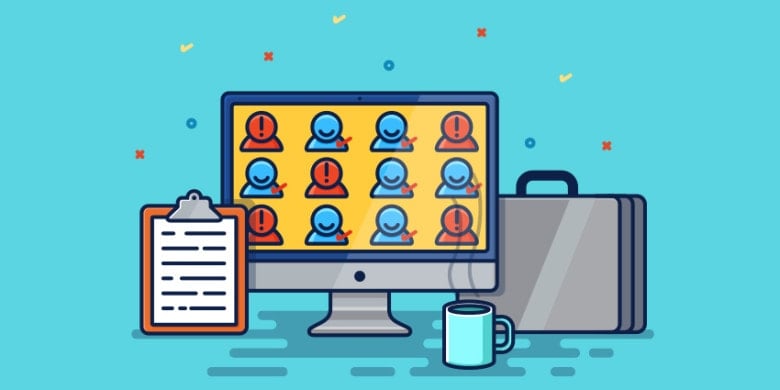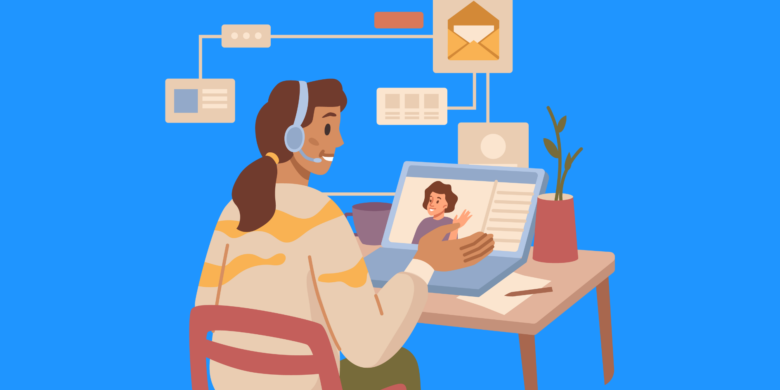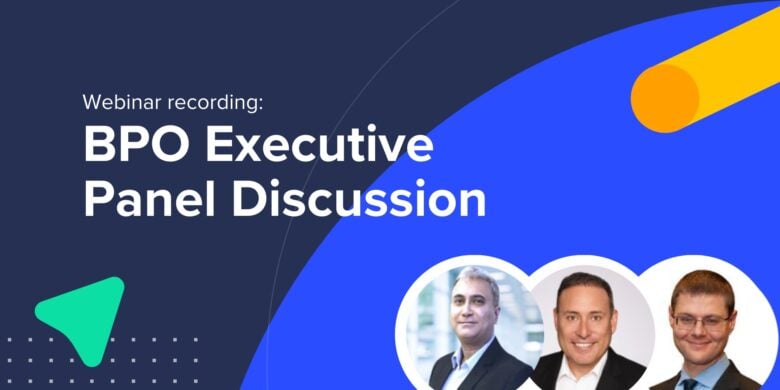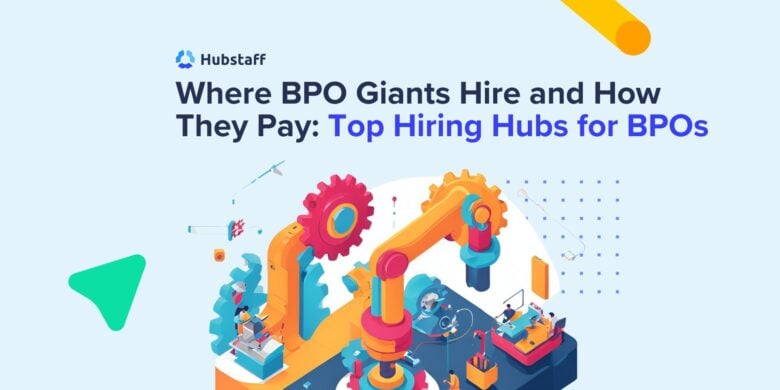A picture is worth a thousand words.
But how much should it cost to make?
You’ve made peace with the fact that you’re not an artist, that’s step one. Now, it’s about finding a talented graphic designer to enhance your business and impress your customers by conveying the image and essence of your brand.
But, like all businesses, you also have a budget to manage. And when it comes to graphic design projects, it can be hard to understand exactly what you’re paying for, which price structure to go with, and who you need exactly.
In this article, we will cover the best ways to come up with and manage a graphic design budget:
- How much does it cost to hire a graphic designer?
- Set a budget for graphic design
- Consider setting a budget based on ROI
- Follow these guidelines when hiring a designer for your business
- Understand project-based vs. hourly rates vs. flat rates
- Consider how many revisions you will need
It’s got to be an artist you’re able to afford so you’re not wasting your time and theirs. Which means you need to know:
Boost your team’s efficiency with Hubstaff's productivity tools
How much does it cost to hire a graphic designer?
The easy answer is to look at average freelance design rates:
Experience |
Rates |
| Mid-level designer | $25-$35 per hour |
| Expert-level designer | $35-$75 and above per hour |
Via Conor Gillivan (Freelance Graphic Design Rates 2018)
You can anticipate the hours you’ll need help, and use these rates to set an initial budget.
Are you looking to bring someone on for 10 hours each week?
Or, do you need a designer just for a few hours to create a social media graphic?
If you’re not sure how many hours are needed, you can ask your designer for a project-based estimate. This way, you’ll know what the project costs are and can determine if your business is ready to hire out or if you need to find a budget from elsewhere in the business.
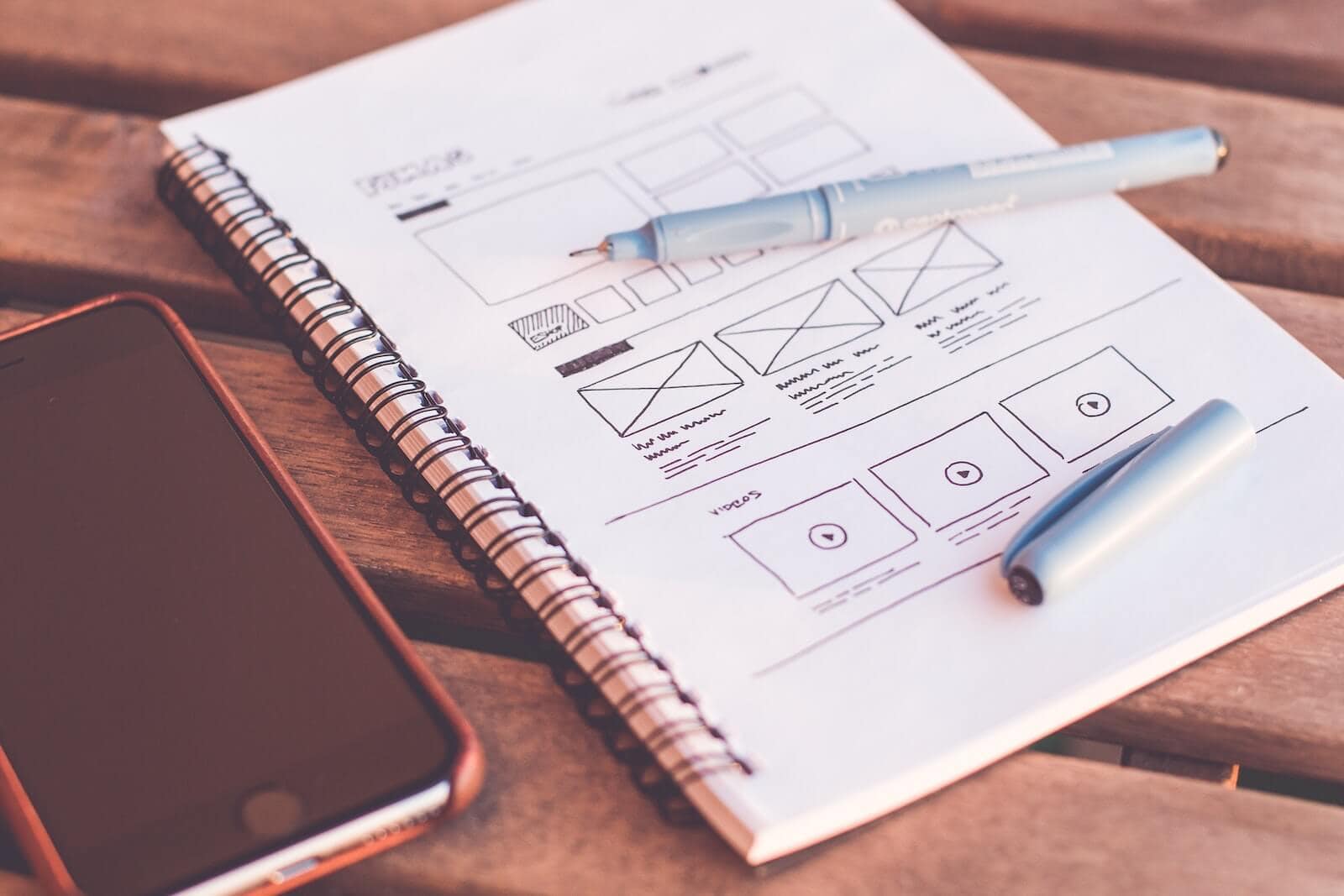
This will put you in the ballpark for creating a graphic design budget for your company. But this is just the beginning of figuring out how to find, hire, and plan a budget for a freelance graphic designer.
In the next few sections, this article will cover considerations you should make prior to hiring a design, including hourly vs. project fees.
Setting a reasonable budget for graphic design
If you’re not sure how many hours are needed or what level of designer you’ll need, it might be better to look at what your business can afford and go from there.
Freelance graphic design is like any other service you have outsourced, such as accounting or bookkeeping, social media management, or customer support.
You should look at it like an ongoing business expense (or a one-time investment depending on what you need), and plan accordingly.
If you want emails designed every month, dedicate a percentage of revenue that you know comes from email. (We’ll discuss how to do this in the next section.)
If you’re looking for a brand refresh or new campaign, you might need more budget upfront and less on an ongoing basis.
To give you a baseline of what a project may cost, here’s a graphic design pricing list overview:
Project |
Hourly rate* |
Project rate* |
| Logo | $50-$150 | $300-$5,000 |
| Brand guide | $50-$150 | $200-$3,000 |
| Website (template) | $50-$200 | $700-$2,000 |
| Website (full) | $50-$200 | $800-$5,000 |
| Digital ad | $30-$75 | $180-$500 |
| Business card | $30-$75 | $150-$500 |
Via 99designs.com: Please note that these are only rate estimates. Freelance designers are able to charge whatever they’d like for their work so you may find rates outside of these ranges.
Setting a budget based on ROI
Another way to look at graphic design budgets: How much business will your new design and branding bring in?
If you’re a salon, you can include an offer with a tracking code in an email and see how the new design compares against the previous version.
When a single email brings in $700 worth of business, you can assume that’s a reasonable amount to pay for the initial design, as you can likely reuse the template and switch up the messaging month after month.
Some tactics may be difficult to measure, but think about what your investment in graphic design will do for your business.
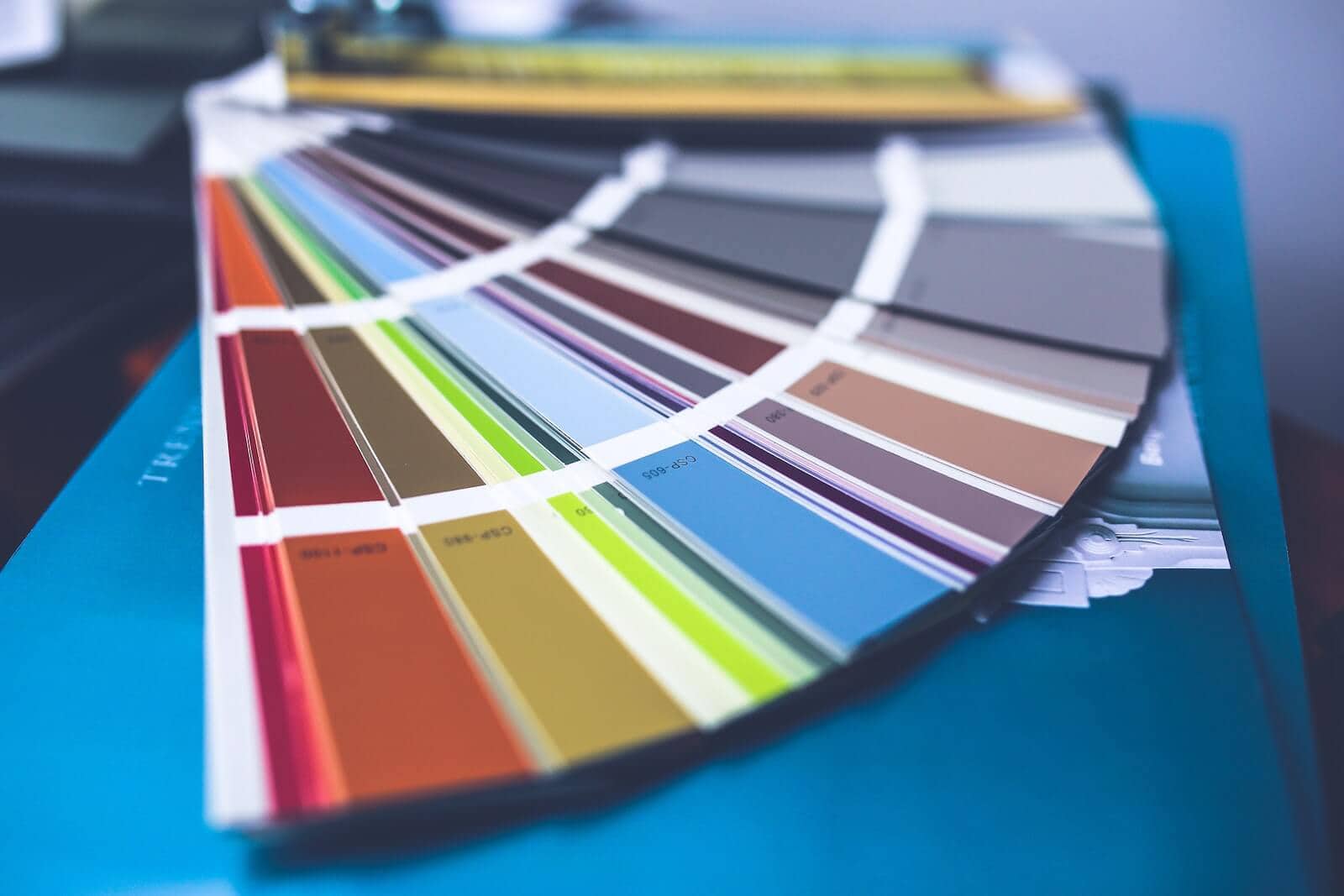
You can even (and should) set financial goals for new tactics to make sure you’re moving in the right direction. Other business growth metrics such as social media referrals, lifetime value, and return on marketing investment are also worth paying attention to.
These can all be used to back up your graphic design budget and adjust as needed.
Finding a designer for your business: Things to consider
You could go through a larger agency. But they are typically more expensive, as you’re getting multiple professionals wrapped into one company.
We’re talking thousands of dollars.
That being said, included with that cost are things only a large agency can provide. Such as in-depth research of the market you’re in as well as holding focus groups to help hone your brand’s message.
For a small to medium business, you may be better suited for a freelance designer — especially when your company is first starting out.
The relationship can be more personal and can give you a level of involvement you might otherwise not get with a large agency. And of course, it can be easier to manage your budget.
This isn’t true for all freelancers or agencies, as some freelancers can treat clients poorly and some agencies are incredibly ingrained in your business. There are exceptions, especially if you have an existing relationship with an agency or have received bad reviews of freelance projects from friends.
However, choosing the freelancer route can still give you a range of options, both in terms of quality of work as well as price.
The goal is to find someone you’re comfortable and confident with as they take on your work.
So how do you go about hiring a freelance graphic designer?
Start with a talent search
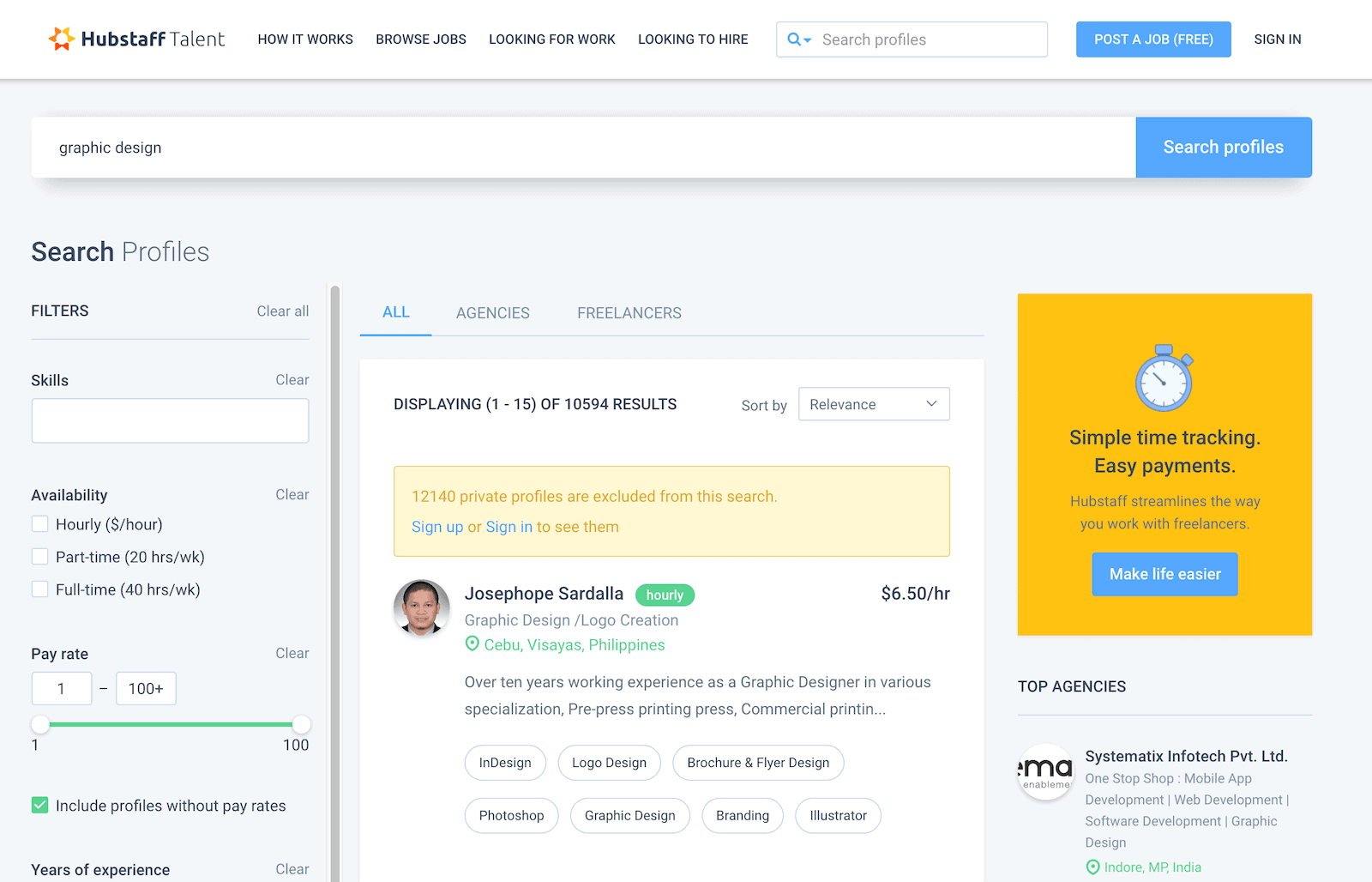
Browse portfolios
There are many Talent sites that can help you find professionals that convey the tone and style you’re looking for.
You’ll immediately be able to recognize quality and price points of various artists to fit your company’s needs.
Settle on the type of project and commitment
Is it a one-time job? Building a logo or creating an image?
Or do you need weekly social posts and email headers?
Each designer can be a little different with their pay structure, so you want to be clear with yourself and them about exactly what the time commitment and deadline is.
Project-based vs. hourly or flat fee
You can look for a project-based pay if you know the parameters and frequency of your projects.

An hourly rate is also a common barometer across varying types of projects, and if your request is for ongoing work, this approach might make the most sense.
Project-based is good for a flat fee in return for a single expected piece. Whereas hourly seems to appeal more to a longer commitment.
When you go with hourly rates, you can choose to set maximums or minimums for the week or month so that both you and the freelancer know what is expected.
A conversation with a potential freelance artist will help make sure you’re both on the same page about the work expected and the pay offered.
Here, it’s also important to ask questions about the working relationship. Some obvious ones:
How long does a freelance design project take? How much will it cost? Do I get a revision or two?
While you’re within your rights to request tweaks and adjustments, most freelancers will charge for these revisions at some point.
Which is reasonable, as they want the project to meet expectations and solve the initial challenge. The more rounds of revisions you request, the further from the original intent the project gets.
This makes it all the more important to have that initial kick-off meeting or conversation with the designer. This way, you’re not going back and forth, round after round, trying to get what you imagined and building tension.
After all, no one wants to be the client from hell.
Make sure there’s little room for error or misunderstandings. Being clear and over-descriptive from the start can help in this case.
The right fit
The higher the cost doesn’t necessarily mean the better the fit (or sometimes even the quality of work).
In fact, there’s no need to immediately hire the person who charges the most.
Since graphic design has such a creative and artistic effect on your brand, it’s more important to find the person who can help deliver on your vision than to just use price as a determining factor.
There could be someone with fewer years of experience who possesses a style that’s just perfect for what you have in mind.
While experience also comes with a more refined style and expertise (generally speaking), don’t limit yourself to the top tier price-wise when your ideal designer might only have a couple of years of experience.
You want to find the creator that speaks to your brand’s vision.
Price isn’t the only factor when budgeting for freelancer designers
A good budget also takes the timeline into account.
Rush jobs will have higher price tags. The sooner you can kick off a project, the better chance you’ll have at keeping costs within expectations as the deadline approaches.
Outside of cost and style, a working relationship is equally as important.
Ask yourself:
- Is this freelancer someone who’s prioritizing your work?
- Can they deliver on time week after week?
- Or conversely, can they be someone who brings you great work even though you request it infrequently?
A final thing to keep in mind is if they are going to help your brand grow, and potentially grow with you as your brand widens its reach.
It’s still an investment (As it should be)
You don’t want to find cheap labor just to save a few bucks, either. This is about the look and feel of your brand. You want a graphic designer who takes it as seriously as you do.
“If you set your budget for your logo design project at $5 (like I’ve seen a lot of businesses do on Upwork), you are saying that you expect a respectable designer to spend a total of 12 and ½ minutes on something that will be representing your entire company for the duration of the logo’s use.”
Also impacting the price of a project is whether or not you’re asking a designer to create your company name and logo from scratch.
Are they working off an idea you already have mapped out? Or is it carte blanche?
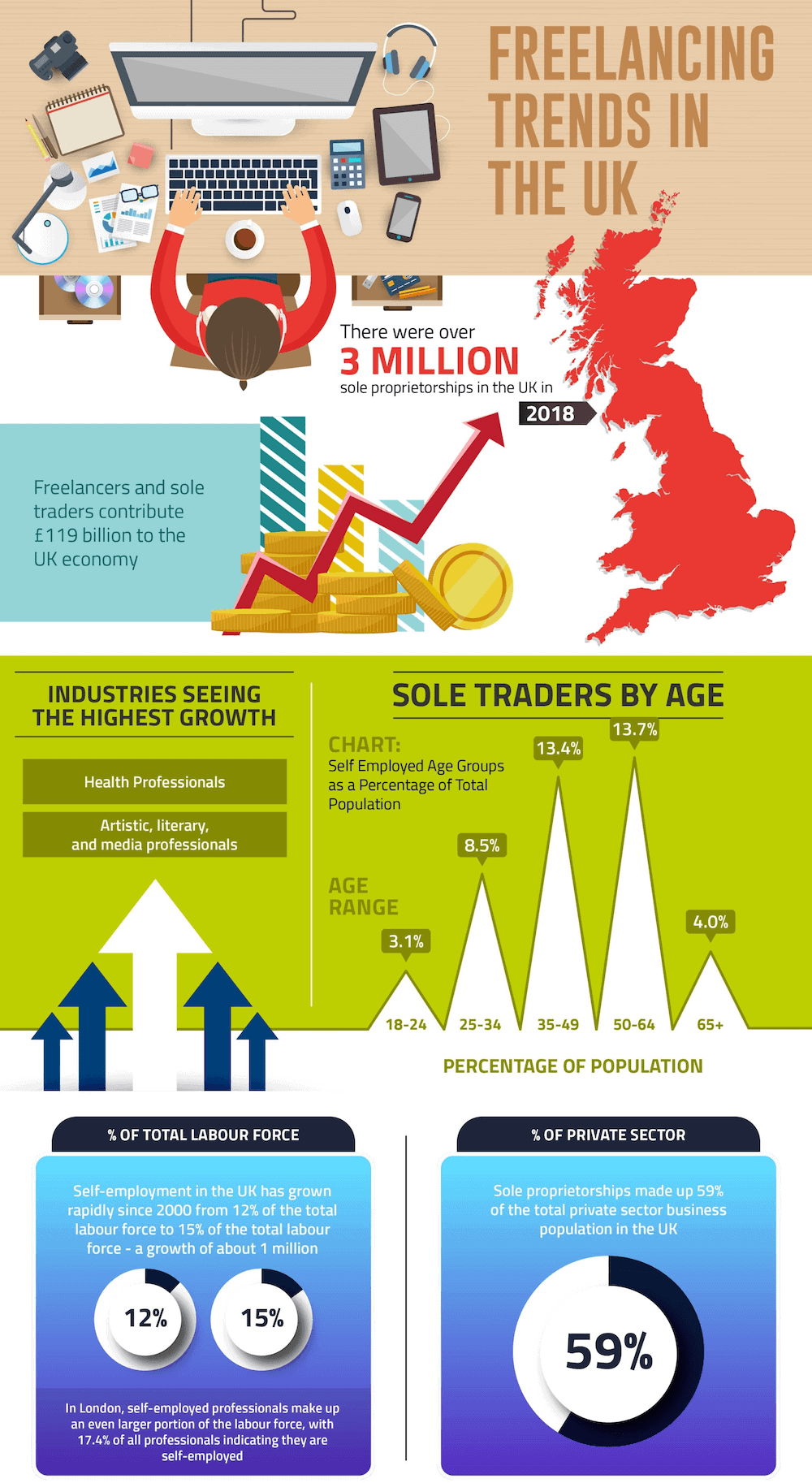
Obviously, be prepared to pay more for someone to create an original look from scratch.
Freelancer trends for 2018 and beyond
As you’ve noticed, freelancing has grown in popularity, which is great news for your business. The talent pool is wider than ever, especially as more people determine flexibility to be a key requirement.
But who exactly are these freelancers, and who should you expect to work with?
Check out this freelancer infographic to dig into the data.
Subscribe to our blog to get more posts like this delivered to your inbox
Start your graphic designer search
Hubstaff Talent is a free talent platform that can help connect you with professional graphic designers from around the world.
Now that you know what questions to ask, how to budget, and what to look for, it’s time to begin your search.
Fortunately, you have access to over 50,000 talent profiles all in one place. You can start your search right now.
But what happens once you’ve brought in a freelance designer, and need to track their time and pay them?
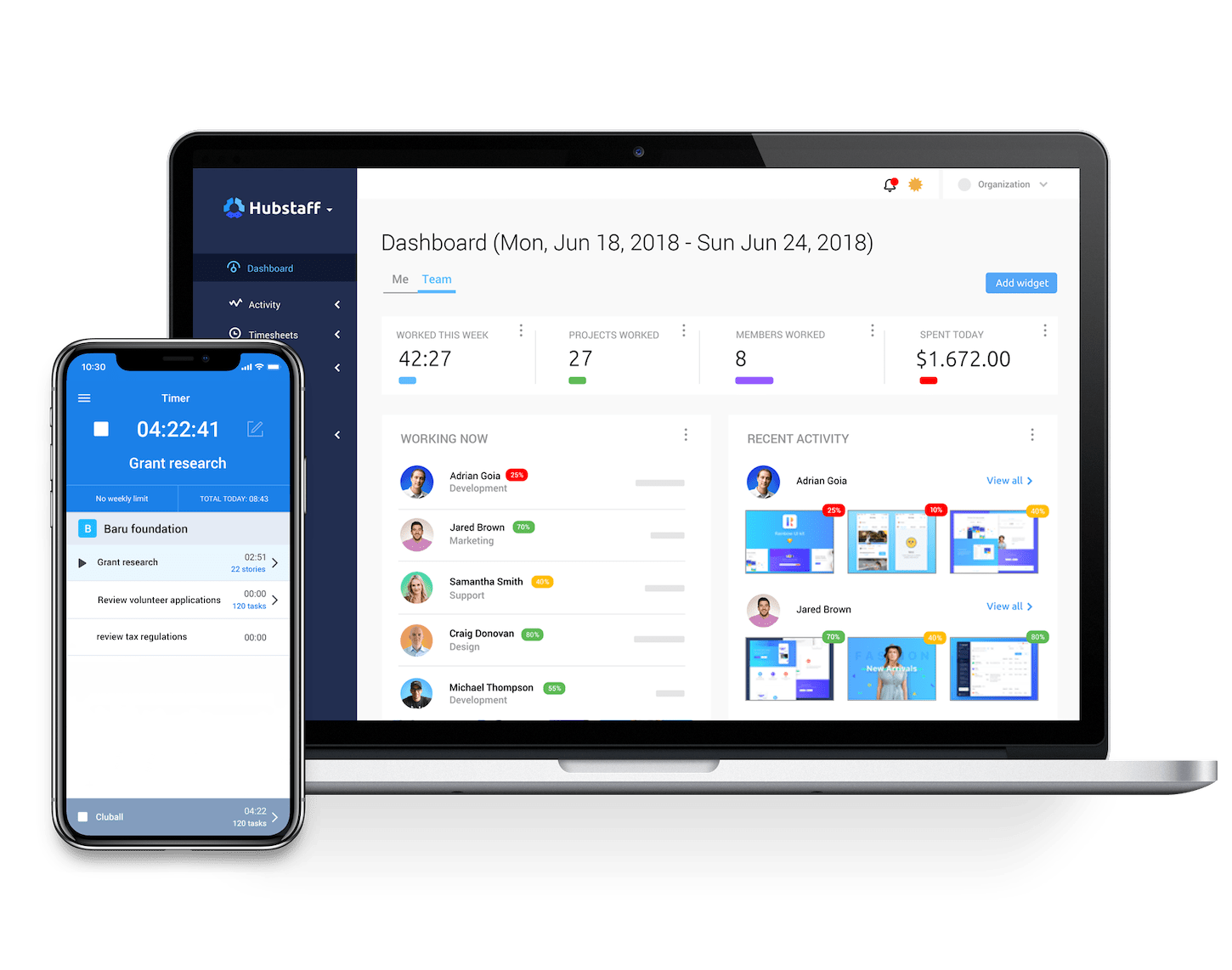
Using Hubstaff’s time tracking and payment features, you’ll be able to manage your freelance designers with ease.
The app is great for making sure they’re on track to hit deadlines, have the tools to complete a project, and can record accurate work hours without any hassle.
You can also easily pay designers and export reports, keeping your company’s books and budget all in one place — saving you time, effort and money.
Not only can Hubstaff provide you with a pool of talented designers and other freelance specialists to help hone your brand’s image, but they can also mitigate other fears that come with hiring.
Time cards, time tracking for designers, productivity tracking, automated payments, and weekly limits are just a few of the features that will help you maintain the perfect budget and help your business grow
Interested in knowing more about average rates? Read our guide on best paying remote jobs.
Most popular
The Critical Role of Employee Monitoring and Workplace Security
Why do we need employee monitoring and workplace security? Companies had to adapt fast when the world shifted to remote work...
15 Ways to Use AI in the Workforce
Whether through AI-powered project management, strategic planning, or simply automating simple admin work, we’ve seen a dramatic...
The AI Productivity Panel: Lessons From Leaders on What’s Working (and What’s Not)
When I moderated this AI productivity panel, I expected a solid conversation. What I didn’t expect was the flood of real-world i...
Employee Performance Dashboards: Templates, Tools, and Best Practices
Keeping track of how your team’s really doing can be tricky. Spreadsheets pile up, one-on-ones only tell part of the story, and...
